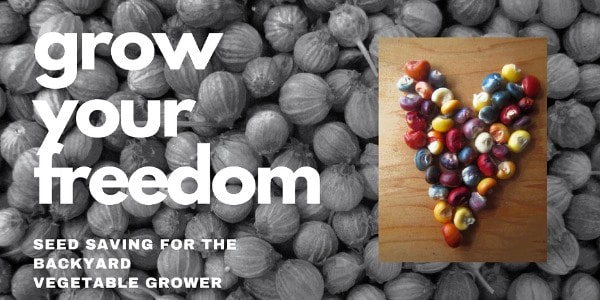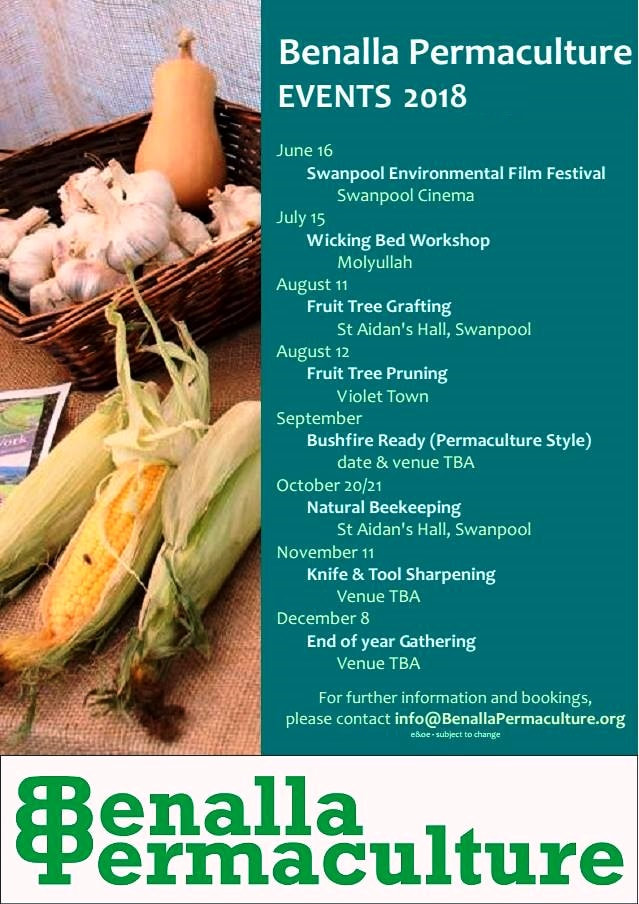Sunday May the 2nd is International Permaculture Day, and what better way to celebrate Permaculture than meet up with your fellow Permies to chew the fat as it were about all things Permaculture.
We're meeting on Jaycee Island, access behind the CFA shed. To find us just keep an eye out for the Big Benalla Permaculture Banner!
We are planning a communal picnic, so please bring a plate to share, preferably with some nice yummy food on it. I believe there is a Public BBQ on the island, I (Woz) will check and confirm.
BYO Crockery & Cutlery, Drinks, Chairs, Picnic Rug, etc. Children welcome under supervision.
Plan to arrive around 11 for the Meet and Greet part, Lunch will be at 12. Beyond that, there is no real schedule for the day other than just getting to know each other and have some friendly conversations.
COVID - We will run a sign in sheet for tracking if necessary. Please observe the usual COVID precautions. If you are feeling unwell, have tested positive for COVID or are awaiting test results, then for the benefit of all, please stay at home, rest up and get better..
Warwick Bone (Woz)
We're meeting on Jaycee Island, access behind the CFA shed. To find us just keep an eye out for the Big Benalla Permaculture Banner!
We are planning a communal picnic, so please bring a plate to share, preferably with some nice yummy food on it. I believe there is a Public BBQ on the island, I (Woz) will check and confirm.
BYO Crockery & Cutlery, Drinks, Chairs, Picnic Rug, etc. Children welcome under supervision.
Plan to arrive around 11 for the Meet and Greet part, Lunch will be at 12. Beyond that, there is no real schedule for the day other than just getting to know each other and have some friendly conversations.
COVID - We will run a sign in sheet for tracking if necessary. Please observe the usual COVID precautions. If you are feeling unwell, have tested positive for COVID or are awaiting test results, then for the benefit of all, please stay at home, rest up and get better..
Warwick Bone (Woz)








